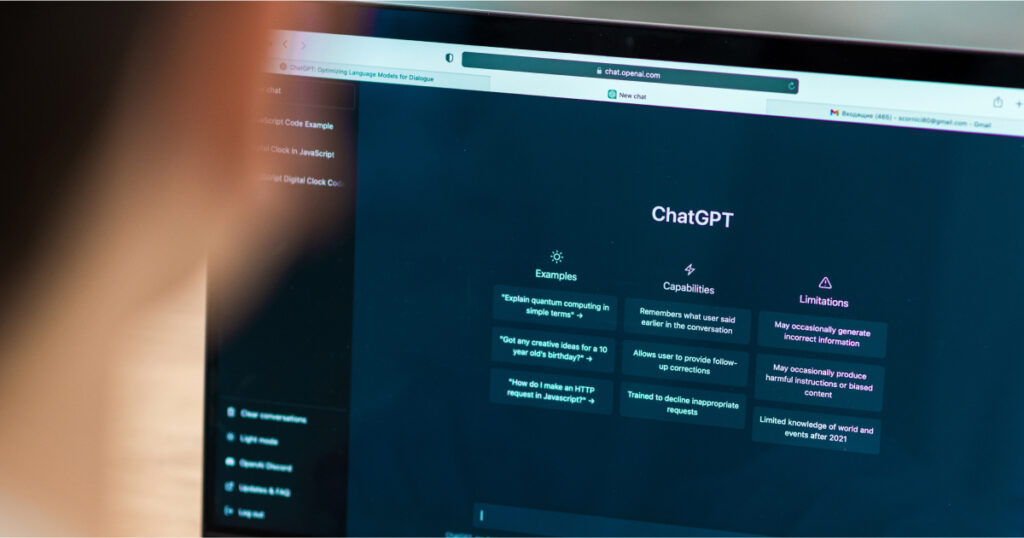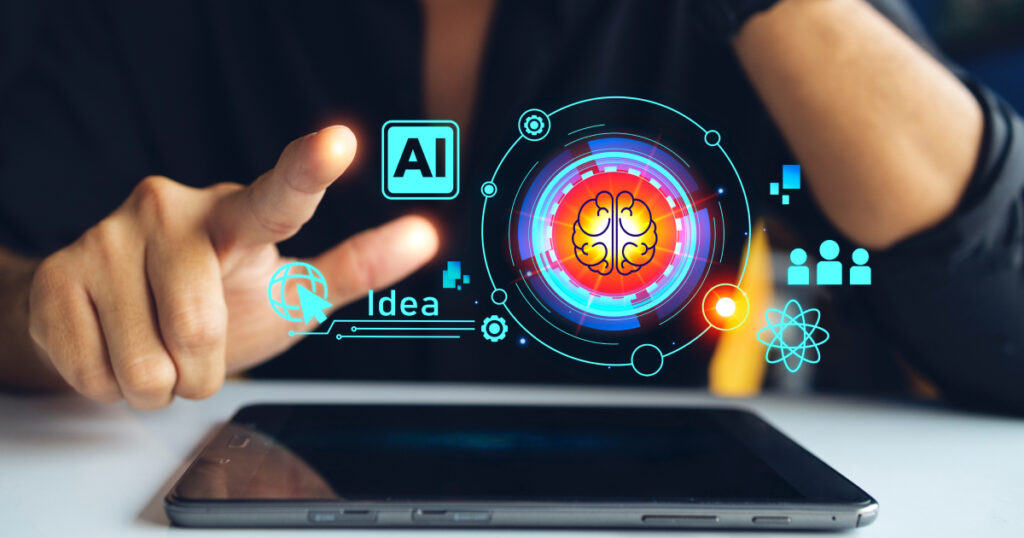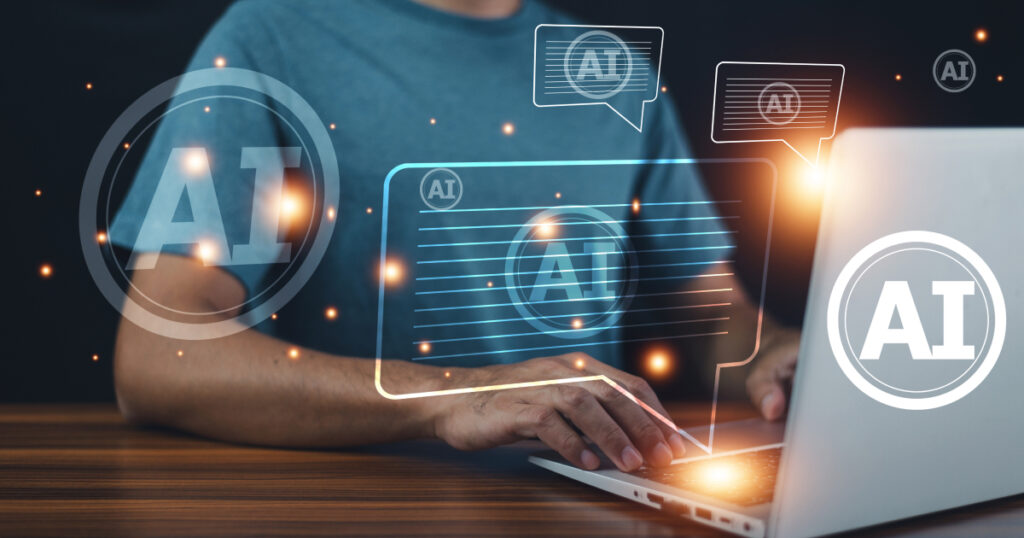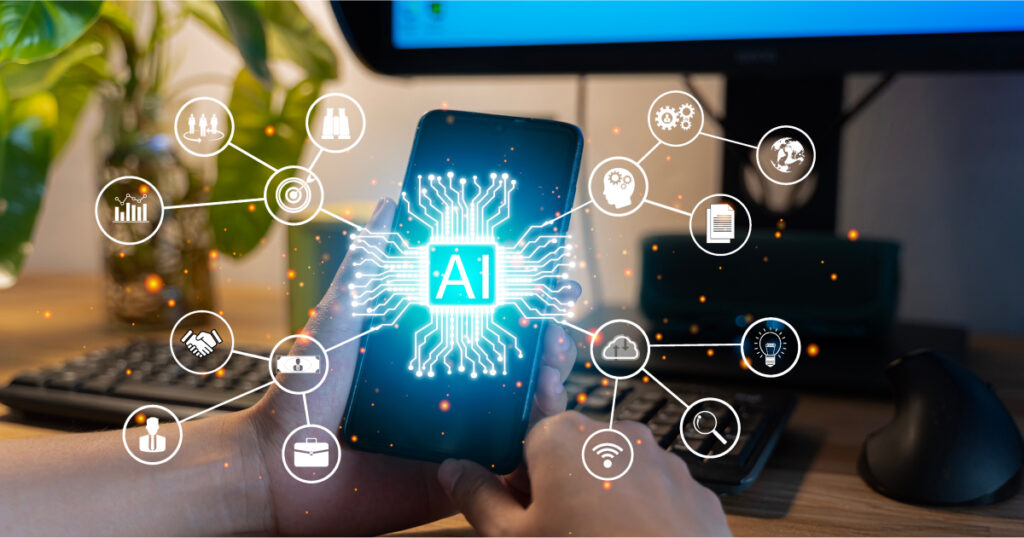Have you ever wondered how machines understand human language like we do?
The answer lies in large language models (LLMs), and one such groundbreaking LLM is GPT: Generative Pre-trained Transformer.
GPT transformed the landscape of natural language processing (NLP) and artificial intelligence (AI).
It empowers machines to produce text that mirrors human quality, perform language translation, craft creative content, and deliver informative responses to your queries.
In this blog post, we’ll explore what makes GPT special and how it’s shaping the AI future.
What is GPT?

Generative Pre-trained Transformer, or GPT, is the maestro of machine learning. GPT represents a series of AI models developed by OpenAI
GPT learns by diving into a massive data pool during its pre-training phase.
It soaks up tons of data from servers – blogs, articles, statistics, etc. This data-driven approach makes GPT a master at generating human-like text.
About 3% of the information GPT learns comes from Wikipedia.
However, there’s an ongoing debate about whether AI will make Wikipedia more powerful or cause some issues. We will talk about GPT limitations later.
The most recent addition to the GPT family is GPT-4, marking the fourth generation, even though different iterations of GPT-3 continue to be extensively employed.
How Does GPT Work?

GPT’s secret sauce lies in its unique architecture centered around the transformer model.
Understanding the Transformer Architecture
Unlike traditional language models that rely on recurrent neural networks (RNNs), transformers employ an ingenious mechanism called self-attention.
This enables them to capture long-range dependencies in language.
Self-attention allows GPT to do the same. Instead of processing words sequentially, it considers the entire sentence at once, understanding how each word relates to the others.
Understanding GPT’s Fine-Tuning
GPT’s journey doesn’t end with the transformer architecture. To make it truly versatile, a process called fine-tuning comes into play.
Fine-tuning is feeding GPT a specific dataset tailored to the desired task.
For instance, you can fine-tune GPT to generate a text for LinkedIn to enhance your online presence and engage with your network.
GPT can analyze data from LinkedIn posts, profiles, and other relevant content and produce high-quality, professional-sounding text that aligns with your industry and goals.
GPT’s architecture, coupled with fine-tuning, transforms it from a general-purpose language model into a powerful tool capable of tackling diverse NLP challenges.
Creating Your Own GPT Model

Incorporating a personalized GPT model into your website can elevate user interactions.
By investing the time to fine-tune the model with your unique information, you empower it to serve as a virtual extension of your brand, providing users with tailored responses and content.
Follow these steps to create your very own customized GPT model.
Before starting, ensure you have access to the GPT paid version.
Step 1: Navigate to the Explore Սection
Click “Create a GPT.” This will be your gateway to instructing the model according to your unique requirements.
Step 2: Provide Precise Instructions and Prompts
Later, it will fill in the information with exact details. To enhance specificity, share your website URL with the model.
This ensures that every generated response aligns seamlessly with the content and style of your platform.
Step 3: Diversify Your Input
You can incorporate different types of files. Upload PDFs, Excel sheets, or even images related to your website.
This diverse input allows the GPT model to grasp the nuances of your content comprehensively.
Step 4: Let the Model Learn
With your instructions, watch as the GPT model starts absorbing the information.
It’s like training a virtual assistant who will soon become well-versed in responding to queries specific to your website.
Step 5: Step 5: Command the GPT
Now comes the exciting part. Ask the GPT to generate specific content and witness the magic unfold.
Whether answering user queries or crafting content tailored to your platform, the GPT will leverage the knowledge you’ve infused into it, delivering results with precision.
Real-World Applications of GPT: Unleashing AI’s Potential

GPT has already found its way into various real-world applications, including marketing. Let’s delve into some of the remarkable applications powered by GPT:
Programming Languages Translation: GPT can effectively interpret and understand programming commands, extracting the underlying meaning and intent of the code.
It can analyze the syntax and structure of the code, identify variables and functions, and comprehend the overall logic of the program.
Text Summarization: Shortening lengthy texts into concise summaries is invaluable in today’s information-saturated world.
GPT excels at this task, extracting the key points and essential information from long documents, news articles, or research papers. This saves time, improves comprehension, and facilitates knowledge acquisition.
Answering Questions: GPT allows users to engage with machines naturally.
GPT excels in comprehending the context and purpose behind any question, offering detailed and informative responses by tapping into its adept information processing capabilities from diverse sources.
Marketers can even draw inspiration by asking GPT to give them fresh marketing campaign ideas.
Creative Writing: Today’s marketing landscape is competitive. You need to create compelling content to capture audience attention and drive engagement.
GPT models generate human-quality text that can assist marketers in content creation, from crafting captivating ad copy and social media posts to developing engaging email newsletters and blog articles.
Customer Service Chatbots: GPT-powered chatbots transform customer service interactions, providing 24/7 support and answering customer queries promptly and efficiently.
These chatbots can handle routine requests, resolve common issues, and gather human feedback, enhancing the overall customer experience.
Various companies leverage GPT to enhance their marketing, smooth operations, and get ahead of the competition.
- Mailchimp: A popular email marketing platform that integrates GPT into its platform to help marketers create more effective and personalized campaigns.
- Buffer: This social media management tool uses GPT to generate social media post ideas, optimize content scheduling, and analyze audience engagement metrics.
- Moz: A leading SEO software company, is using GPT to analyze and optimize website content, generate keyword ideas, and create compelling meta descriptions.
- Zapier: Zapier, an automation platform, uses GPT to generate automation, build custom workflows, and connect different software applications.
GPT’s Impact on AI and Industry

GPT’s impact on AI and the industry is transformative. It has revolutionized the field of NLP and permeated various industries, leading to the development of innovative products, services, and business models.
Initially, prominent AI applications such as Jasper solely depended on GPT, but now it’s not the only large language model; they have since incorporated other AI models.
However, numerous smaller developers still find GPT the easiest model.
While the landscape is anticipated to shift as competition intensifies in the coming years, GPT presently stands as the go-to option for many.
GPT Models: Language Processing and Communication with AI
The transformative impact of GPT on AI and NLP has given rise to a family of powerful language models, including GPT-3, GPT-4, and ChatGPT.
Each model builds upon the groundbreaking capabilities of its predecessor, offering enhanced performance and applications.
GPT-3: The Trailblazer in Large Language Models
GPT-3 was released in 2020. It’s a step forward in the development of large language models.
For instance, ChatGPT relies on the GPT-3 model. ChatGPT is a famous platform where you can have human-like conversations.
ChatGPT accesses and processes information from various sources, providing comprehensive and informative answers to your questions from any industry.
ChatGPT interested people from various industries so much that it achieved a new milestone in the tech world.
It had a million users in less than five days, setting a record for rapid adoption.
Another implementation of GPT-3 is Dall-E. It can generate images by following your text commands.
GPT-3 can even whip up memes, quizzes, and recipes and even write music and jokes. It’s a pro at translating, analyzing feelings, finding bugs in code, and making websites.
GPT-4: The Next Frontier of Language Intelligence
GPT-4 pushes AI boundaries with enhanced factual accuracy, advanced reasoning skills, and the ability to generate computer code and diverse creative text formats.
It distinguishes between facts and opinions, improves reliability, and expands creative applications, generating poems, training data, computer code, scripts, musical pieces, and emails.
Unlocking GPT’s Power: A Beginner’s Guide

Now that you know the theory, let’s take action.
This guide will give you the fundamental knowledge to begin your journey with GPT and discover its extensive possibilities.
Choose Your GPT Playground: Several platforms offer access to pre-trained GPT models, each with unique features and interface.
- MarketMuse: MarketMuse utilizes GPT to generate SEO-optimized content, content briefs, and marketing copy.
- Copy.ai: Copy.ai leverages GPT to craft compelling ad copy, landing pages, and email campaigns.
- ShortlyAI: ShortlyAI utilizes GPT to summarize lengthy documents, articles, and market research reports.
Embrace the Prompt: GPT is your language partner, eager to assist with your requests.
Communicate your ideas and instructions through prompts, simply text inputs that guide GPT in generating text, translating languages, or answering questions.
Start Simple and Experiment: Begin with simple prompts to get a feel for GPT’s capabilities.
Ask it to write an Instagram caption, translate a sentence into another language, or summarize a news article. As you gain confidence, experiment with more complex prompts and explore GPT’s diverse applications.
Fine-tune for Specificity: GPT’s flexibility allows you to tailor its responses to specific domains or tasks.
For instance, if you’re working on a marketing project, you can fine-tune GPT to generate marketing-related text formats, such as ad copy or email campaigns.
Embrace the Collaborative Spirit: The GPT community is thriving with developers and enthusiasts sharing knowledge and resources.
Join online forums, attend workshops, and engage with fellow GPT explorers to expand your understanding and unlock new possibilities.
Explore the Ethical Landscape: As with any powerful tool, it’s crucial to use GPT responsibly and ethically.
Be mindful of potential biases and consider the impact of your GPT-generated content.
What Are The Risks of Using GPT?
Like any powerful tool, GPT can be misused. Some of the risks and limitations of GPT include:
- Misinformation: Since GPT learns from vast data, it might sometimes pick incorrect or biased information. So, when using GPT, it’s crucial to double-check information to make sure it’s accurate and reliable.
- Plagiarism: GPT might accidentally spit out something that someone else wrote. So, when using GPT, it’s wise to put on your detective hat and check if the info is original.
- Common Sense: Though GPT can chat like a human and knows many things, it’s not on our level. So, sometimes, it might give answers that don’t make sense or aren’t spot-on because it’s missing some of the background info we humans get naturally.
- Human Supervision: GPT needs some guidance to ensure it stays on the right path. So, human supervision is key to keeping GPT in check and ensuring it’s giving responsible information.
Shaping the Future of AI for a Smarter Tomorrow

The impact of GPT on AI is undeniable. It has accelerated AI research and empowered developers to create innovative applications.
GPT has fueled the growth of AI-powered tools, transforming various industries, from marketing and customer service to education and product development.
As GPT continues to evolve, we can expect to witness even more transformative advancements.
Its potential knows no bounds, and it is poised to revolutionize how we interact with machines, making our lives easier, more efficient, and even more creative.

